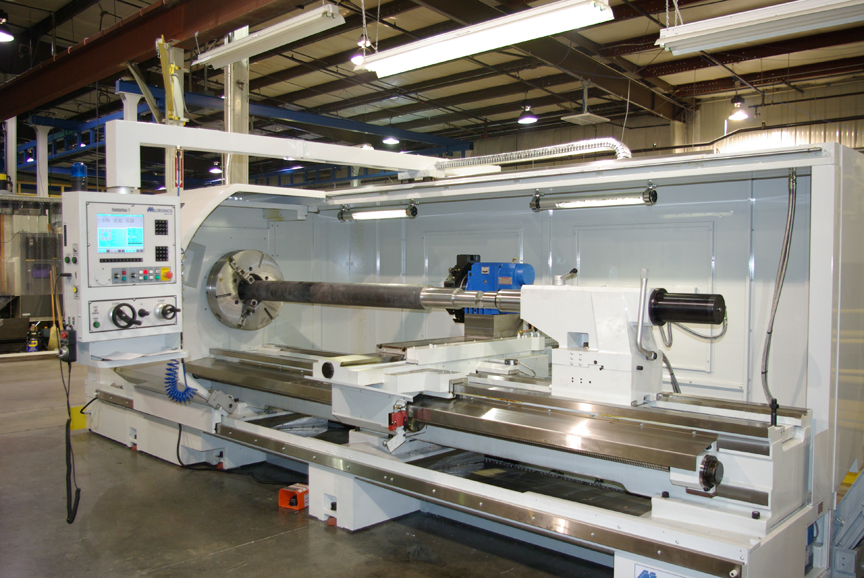Precision machining equipment is central to the production of an inestimable array of products we use everyday. Items that must be engineered to a very high tolerance depend on machinery that can perform the work in minute detail and with extreme accuracy.
Equipment such as computer numerical control (CNC) machines, laser cutting devices and robotic systems are used to cut, mill, turn, bore, drill, grind or tap a wide variety of materials to produce tools and other products whose specifications are exacting. Among those that rely heavily on precision-machined parts are the automotive, aerospace and medical industries.
Where Micro-Detail is Required
Most CNC machines and other automation equipment used in precision machining endeavors are controlled by computer aided design (CAD) or computer aided manufacturing (CAM) software. These programs allow engineers and technicians to design products in two or three dimensional detail, taking material tolerances and other specifics into consideration. When the design phase is complete, that information is transferred to the equipment designated to process the job.
Reliable and repeatable setups and workholding apparatuses are also critical to the success of a precision machining undertaking. Clamping solutions, which may include custom hydraulic vise designs, must often be formulated to meet the workholding needs of a particular project, while at the same time optimizing production speeds and limiting waste and the possibility for errors.
Extensive measures are taken to ensure that parts and tools requiring exactness in their construction are processed correctly through precision machining. Any slight miscalculation or miscue in the manufacturing or processing of a surgical tool or a part used in an engine or medical implant could have unthinkable consequences. Therefore, a great deal of emphasis is placed on the word “precision,” and the meaning behind it.


